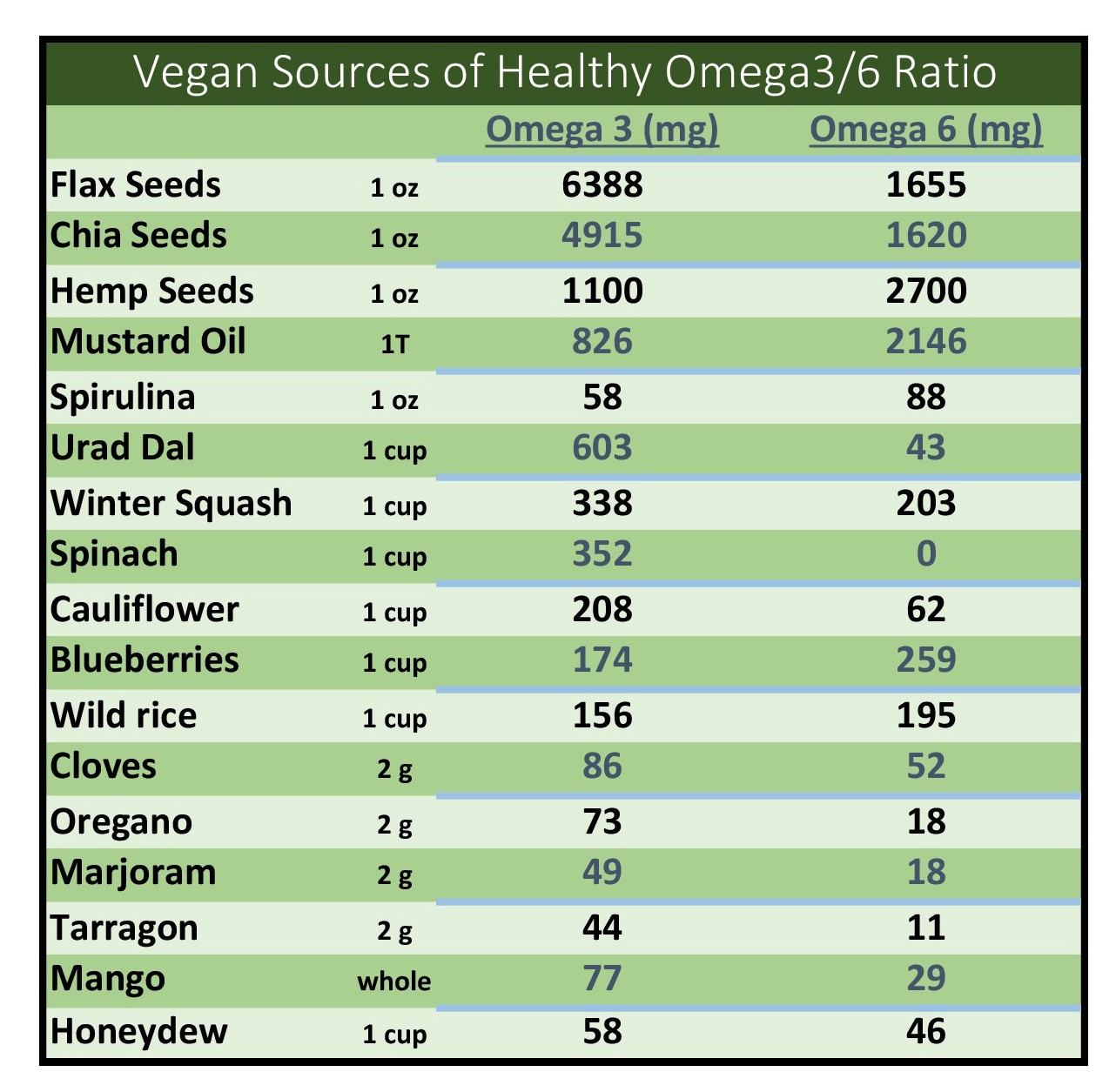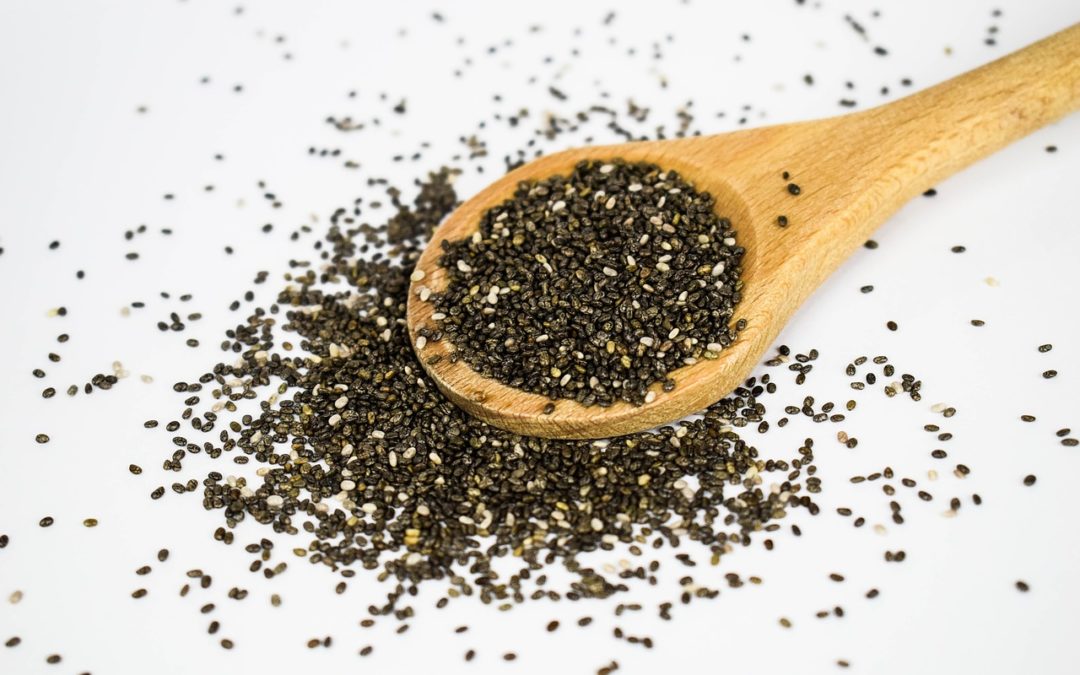An alarming 90% of Americans are NOT meeting their recommended omega 3 fatty acid intake. The American Heart Association recommends about 500mg for healthy individuals, and more for heart patients. Children, women of child bearing age, pregnant/lactating women, and Mexican Americans were the subgroups found to consume the lowest levels of omega 3.
Omega 3 is a fatty acid that helps reduce inflammation in the body. Omega 6 is a pro-inflammatory fatty acid. We need both in balance. Each fatty food will usually have some amount of both. Omega 3 is broken down into two components in the body which do the anti-inflammatory work and provide cardiovascular benefits, EPA & DHA. In order to ensure sufficient EPA & DHA, we can supplement OR improve our omega 3:6 ratio.
Previously our fatty foods had better omega 3:6 ratios, but lately due to a number of reasons (processing of foods, meat & dairy industry practices, egg industry practices, etc.) that ratio is changing with omega 6 (the pro-inflammatory agent) becoming higher and the omega 3 becoming lower. So, we have to purposely take actions to improve this ratio. The chart will show the top vegan food sources to improve the omega 3:6 ratio. Hopefully the awareness of omega content in the foods will empower people to meet their recommended intakes AND improve their omega ratio.

Resources:
- American Heart Association. Fish and omega-3 fatty acids
- Richter CK, Bowen KJ. Total long-chain n-3 fatty acid intake and food sources in the US compared to recommended intakes: NHANES 2003-2008. 2017;52(11):917-927
- Papanikolaou Y, Brooks J. US adults are not meeting recommended elvels for fish and omega-3 fatty acid intake: results on an analysis using observational data from NHANES 2003-2008. Nutr J. 2014;13:31



